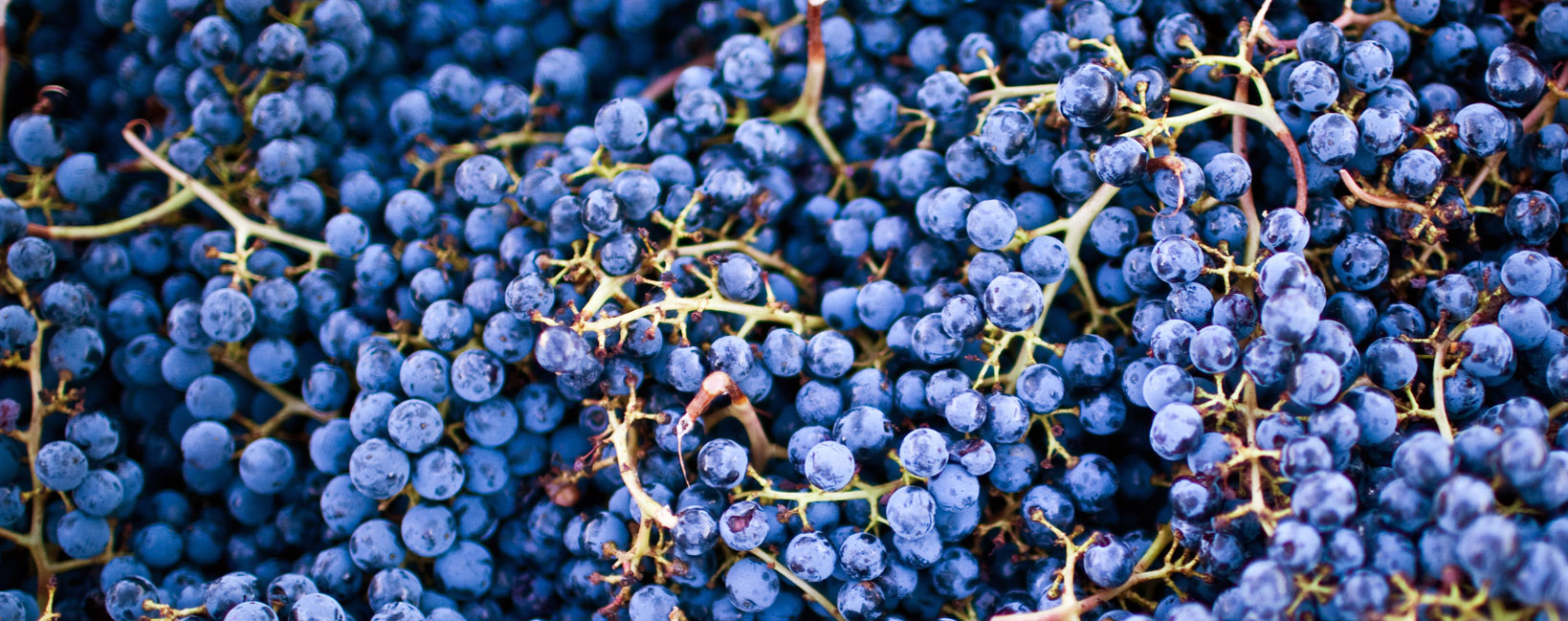They discovered the composition of the extracts were different between grape varieties. The study, published in Oeno One, also suggests the growing conditions and the terroir have an influence on the compounds extracted from the stems, especially the mineral composition such as potassium and copper.
The main polyphenols extracted from the stems were phenolic acids and proanthocyanidins, especially caftaric acid, catechin and procyanidin B1. “Their concentrations were significant compared to the average values found in wines,” said the researchers from Nyon in western Switzerland. A small number of anthocyanins were also found in the extracts.
Commonly used in red winemaking in Burgundy, the Loire Valley and Beaujolais, stem inclusion has become a winemaking trend, with winemakers adopting the technique to increase the complexity and ageing potential of their wines, or to reduce ethanol content in the face of climate change – as the stems release water during fermentation. Some winemakers also believe stems add “freshness in the mouth and enhance fruity or floral aromas,” according to the study.
The study looked at both traditional grape varieties (Gamay, Merlot, Pinot Noir) and new red Swiss varieties, such as Mara, Garanoir, Gamaret, Gamarello, Nerolo and Merello, which have a high resistance to grey rot (Botrytis cinerea), and Divico, which has high resistance to mildew (Plasmopara viticola), powdery mildew (Uncinula necator) and grey rot.
Using mature bunches of grapes harvested by hand from 13 different plots in the experimental vineyards of Agroscope (in Leytron, Pully, Changins and Cugnasco) and of the School of Viticulture and Oenology (Gland) during the 2019 vintage, the stems were macerated in a simplified model solution, mimicking a red wine in fermentation or maceration conditions, with the ethanol raised from 0 to 13% over eight days with total maceration time of 11 days.
From each plot, ten whole bunches were picked randomly, de-stemmed, washed, frozen and macerated following the same protocol. After the fermentation and maceration, the solutions were analysed for pH, tartaric acid, mineral composition, total polyphenol index (TPI) and colour.
The results
- All the stem extracts had a higher pH value at the end of the maceration period. In order to understand the effect of the grape variety and of the growing region on the pH values, a statistical analysis was performed on the data of Gamay, Pinot Noir and Divico stem extracts from three different vineyards (Pully, Changins and Leytron). The results showed a significant influence of both parameters. “We saw that stem extract pH is highly related to the tartaric concentration, as it is the predominant acid in the model solution,” according to the report. “The decrease in tartaric acid was similar for the two Gamay, the two Pinot Noir and the two Divico stem extracts made with stems from different origins. The grape variety had a significant influence on the intensity of the decrease in tartaric acid, despite the growing region. Moreover, the acidic conditions of the extract was also highly influenced by mineral content extracted from the stems, such as potassium and calcium, which can induce tartaric acid precipitation. The potassium and calcium concentrations found in the stem extracts showed no influence of the grape variety, but a significant influence of the growing location on potassium content. The intensity of the pH variations could therefore depend on a combination of the grape variety considered and the cultivation area.”
- Among the mineral compounds extracted from the stems, potassium was not the only mineral element to be influenced by the growing region. Statistical analysis on the copper content also showed significant differences depending on the growing location, whatever the grape variety. Extracts made with stems from Pully had significantly higher copper content than the ones from Leytron; Changins having intermediate values. The growing region, including soil composition and treatments applied on the vine, seems to have a higher impact on the amount of copper extracted from the stem than does the grape variety.
- The phenolic composition of the stem extract is important as phenolic compounds can contribute to colour, tannic quality, colloidal stability and ageing ability. In this study, the TPC values of the stem extracts ranged from 1.8 to 3.2g/L, with significant differences between grape varieties.
- Regarding the phenolic acid content, the Swiss researchers found significant differences between the stem extracts. The analysis of Gamay, Pinot Noir and Divico stem extracts from three different vineyards (Pully, Changins and Leytron) showed that both the grape variety and the growing region can influence the stem extract concentration of trans-coutaric, vanillic, trans-fertaric and syringic acids. Trans-fertaric acid content was only impacted by the grape variety and protocatechuic acid was only influenced by cultivation area. However, in real winemaking conditions, these compounds are not found in the final wines.
- Regarding the anthocyanin content, the stem extracts of Vitis vinifera varieties contained only monoglucosilated anthocyanins, whereas extracts of piwi Divico also contained diglucosilated anthocyanins. Whole-bunch winemaking could therefore be an option for reducing total anthocyanin content while increasing the tannic structure, and could thus improve the overall balance of the wine, the report suggests.
- The colour intensity of the grape stem extracts was low, with a mean value of 0.58 ± 0.44. For comparison, a rosé wine generally has a colour intensity of between 0.4 and 0.9 points of optical density, a clairet wine of between 1.2 and 2.5, and a red wine over 3 points of optical density. “In the first years of ageing, tannins and phenolic acids can act as co-pigments and can contribute to the colour of young wines. At the same time, interactions occur between anthocyanins and tannins to form more stable polymeric pigments during wine ageing. These reactions depend on the wine conditions (acidity, temperature and oxidation state), as well as on the type of tannins and the proportions of tannins and anthocyanins in the wine. Therefore, the use of stems may modify all these parameters, and thus may have an impact on colour and colour stability,” says the report.













.png)






